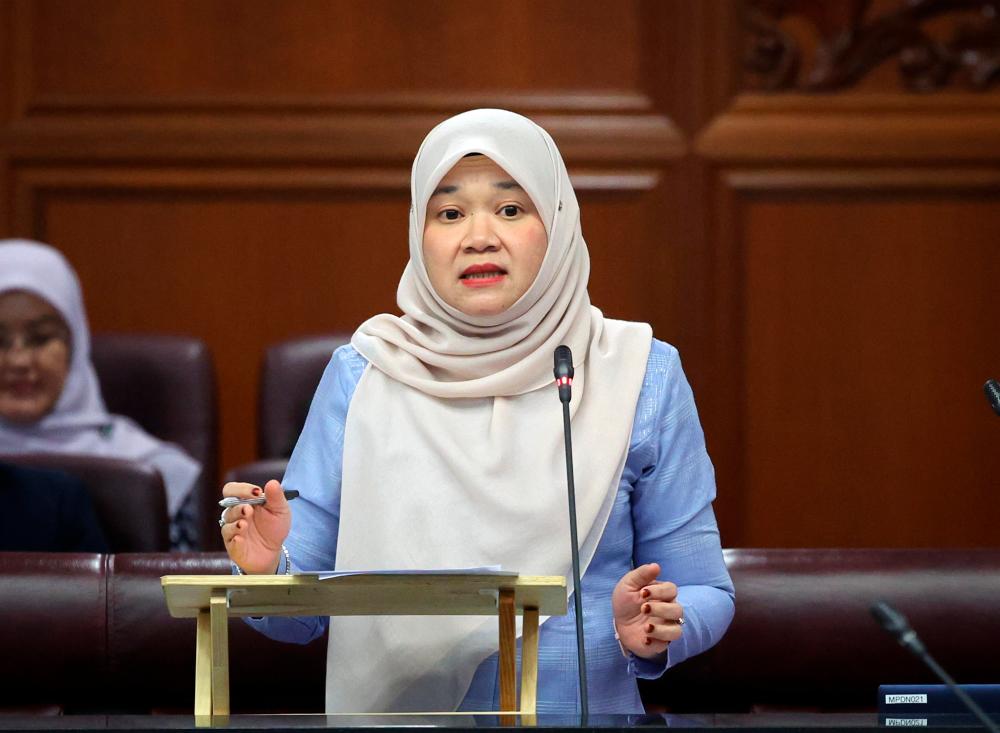KLANG: The ‘floating class’ method could serve as a short-term alternative for schools to address classroom overcrowding, said Education Minister Fadhlina Sidek.
She said ‘floating class’ refers to non-fixed classes, where teaching and learning sessions are conducted in any available classroom or empty room within the school due to congestion or a shortage of classrooms.
She said this approach has been successfully implemented at Sekolah Menegah Kebangsaan Meru (SMK Meru) here, effectively reducing overcrowding in classrooms, especially considering the school’s student population exceeding 4,000.
“We understand that this may not be applicable to all schools, it depends on the dynamics, conditions and facilities of each school.
“However, it could be adopted by certain schools as a short-term solution,” she told reporters after attending the Parliamentary Follow-up Programme (TSP) Series 1 Year 2024 regarding Overcrowded Schools and Access to Education in the Klang district at SMK Meru today.
Fadhlina said it was observed that the floating classes at SMK Meru have successfully solved the problem of overcrowded classrooms with teaching and learning sessions now running smoothly and student management for class use being well-maintained.
Previously, Fadhlina said that the ministry has implemented both long-term and short-term solutions to tackle the issue of overcrowded classrooms in schools nationwide which include building and using cabins within schools and transferring students to nearby schools to ensure a better learning environment.
On today’s programme, Fadhlina said it was initiated by MOE in response to the issue of overcrowded schools discussed during the previous Dewan Rakyat sitting.
“We are here at this school today to assess its experience, administration and find out how the school, along with the District Education Office (PPD) and State Education Department (JPN), are dealing with the issue of overcrowding,“ she said.
Fadhlina added that currently, there are 86 primary and secondary schools across the country identified as overcrowded, with more than 40 students in each class.










